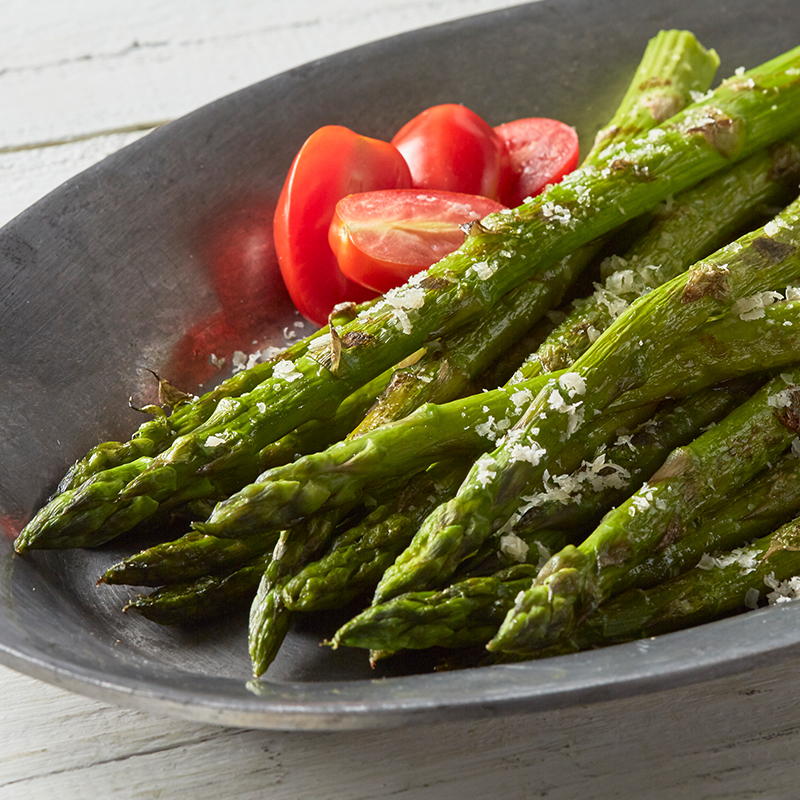Walk-In Cooler Operation Guide | Efficient Cooling Solutions
Optimizing Walk-In Cooler Operations Best Practices for Efficiency and Safety
Walk-in coolers are essential for many businesses, including grocery stores, restaurants, and warehouses. They provide a controlled environment for storing perishable goods, ensuring food safety and quality. However, to maximize the benefits of walk-in coolers, it’s crucial to operate them efficiently and safely. Here are some best practices to enhance walk-in cooler operations.
1. Proper Temperature Maintenance
Maintaining the correct temperature is paramount for the functionality of a walk-in cooler. The ideal temperature for most perishable items is typically between 32°F and 38°F (0°C to 3°C). Regularly monitoring the temperature ensures that it stays within this range. Investing in a reliable thermometer or a digital monitoring system can help manage this effectively. Additionally, keeping doors closed as much as possible and ensuring proper seals around the doors can prevent temperature fluctuations.
2. Organization and Inventory Management
A well-organized cooler can significantly reduce the time spent searching for products, thereby minimizing the door-open time. Implement a clear labeling system and designate specific areas for different items. Use a first-in, first-out (FIFO) system to ensure older products are used before newer arrivals. This practice not only helps in effective inventory management but also reduces food waste.
3. Regular Maintenance and Cleaning
walk in cooler operation

Routine maintenance is vital for the longevity and efficiency of walk-in coolers. Regularly inspect the condenser coils, evaporator fans, and door seals for wear and tear. Clean the condenser coils every few months to prevent dust accumulation, which can hinder the cooler’s efficiency. Additionally, schedule periodic deep cleaning to remove any spills or debris on the floor and shelves, thereby ensuring a hygienic environment.
4. Implementing Energy-Efficient Practices
Walk-in coolers can be significant energy consumers. Implementing energy-efficient practices can reduce operational costs. Consider upgrading to LED lighting, which consumes less energy and provides better visibility. Installing night blinds or curtains can also help maintain temperature after hours. Furthermore, using energy-efficient models during any replacement or upgrades can lead to substantial savings in the long run.
5. Employee Training and Safety
Training employees on proper walk-in cooler procedures is necessary for both efficiency and safety. Instruct staff on how to enter and exit quickly, how to handle products correctly, and the importance of keeping doors closed. Additionally, inform employees about potential hazards, such as slippery floors or the risk of freezer burn, to ensure a safe working environment.
In conclusion, optimizing walk-in cooler operations involves a combination of proper temperature maintenance, effective organization, routine maintenance, energy-efficient practices, and comprehensive employee training. By implementing these best practices, businesses can ensure food safety, extend the lifespan of their equipment, and ultimately achieve greater operational efficiency.
















































































































